The eastern members of sect. Alectoroctonum
Section Alectoroctonum is a section of New World Euphorbias that is generally distinguished from many other groups by having petal-like appendages and not possessing any particular specialized characteristics. The group is quite diverse and may form herbs, shrubs, or even succulents (see E. antisyphilitica). They are so diverse that the seem to hold the middle-ground between many of the better-defined groups of US Euphorbias like sect. Anisophyllum and subg. Esula. They generally have dichasial branching like members of subg. Esula, but the bracts are generally similar enough to the stem leaves that they evade notice (except in species like E. marginata). They generally have alternate leaves below, but some have lower stems so reduced so as to only produce opposite leaves (see E. macropus). Furthermore, the group may be confused with members of sect. Nummulariopsis. Section Alectoroctonum is best learned by simply learning the main species in the group and comparing to others outside the group. There is some continuity, but it is difficult to define.
Here, I am considering the species in states east of Texas. Observations from the area. Click on the species name in bold to see observations from the area verified by me.
Euphorbia marginata

Photo credit: Sam Kieschnick (click here for observation).
Euphorbia graminea

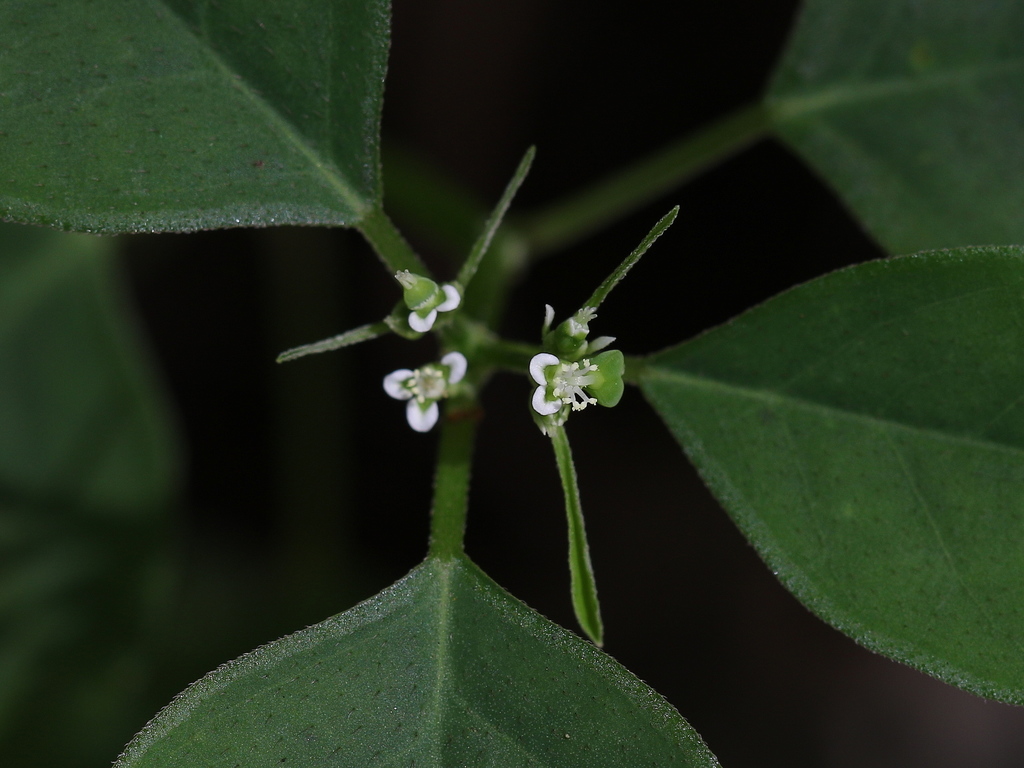
Photo credit (left): Jay Keller (click here for observation). Photo credit (right): Jay Keller (click here for observation).
Euphorbia polyphylla
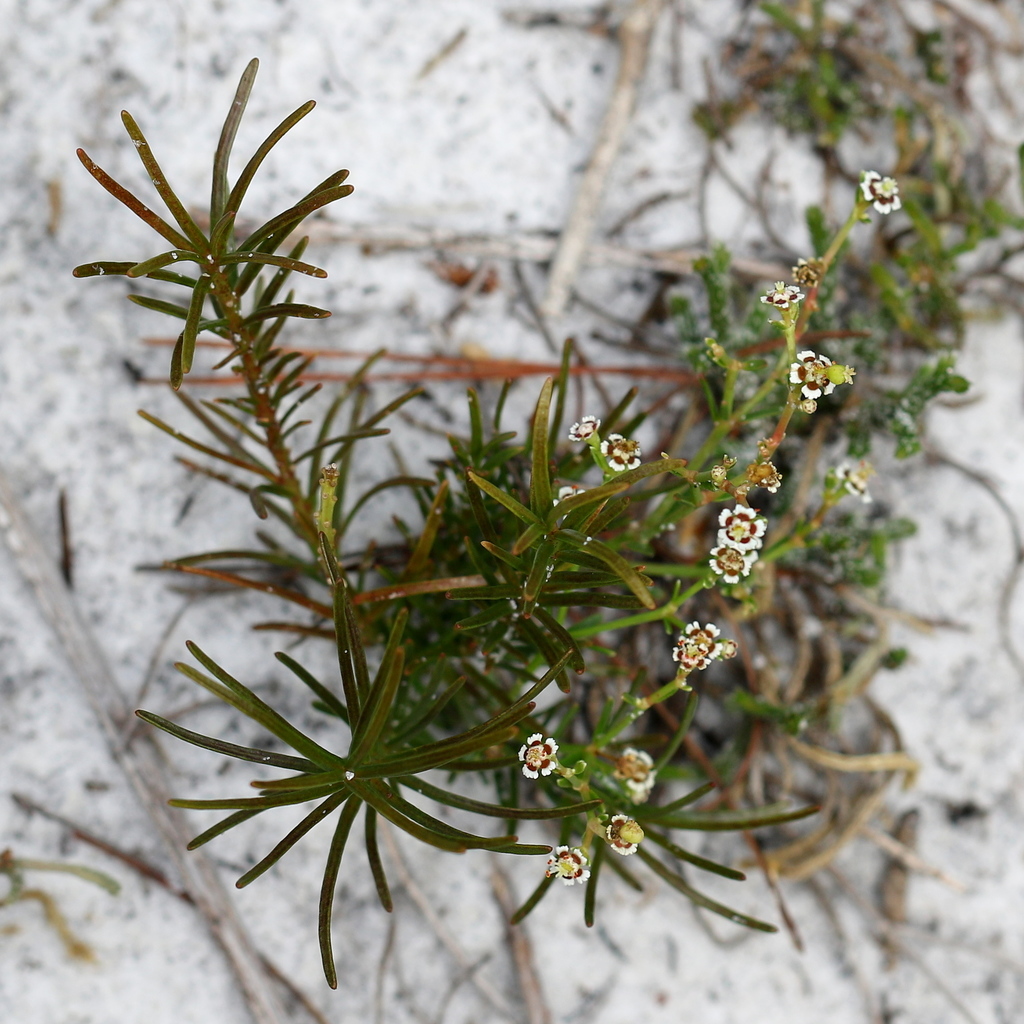

Photo credit (left): Jay Keller (click here for observation). Photo credit (right): Jay Keller (click here for observation).
Euphorbia ipecacuanhae
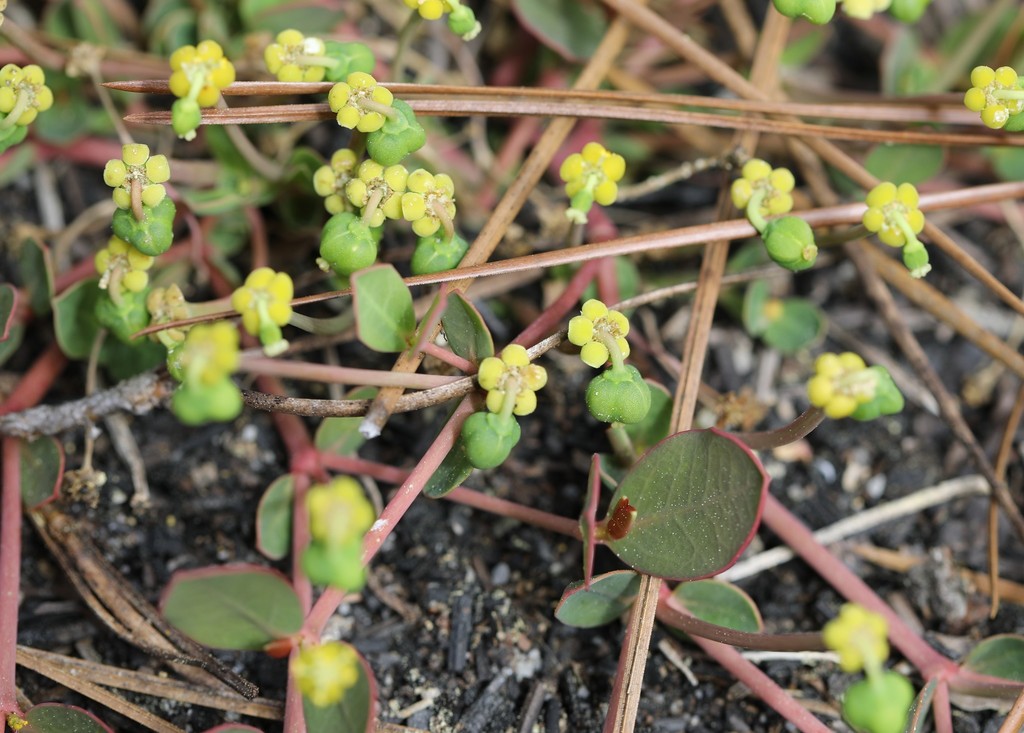



Photo credit (upper left): Rob Van Epps (click here for observation). Photo credit (upper right): Michael Ellis (click here for observation).
Photo credit (lower left): Jason Hafstad (click here for observation). Photo credit (lower right): Joshua Tewksbury (click here for observation).
Euphorbia exserta


Photo credit (left): ericpo1 (click here for observation). Photo credit (right): Jay Keller (click here for observation).
Euphorbia mercurialina

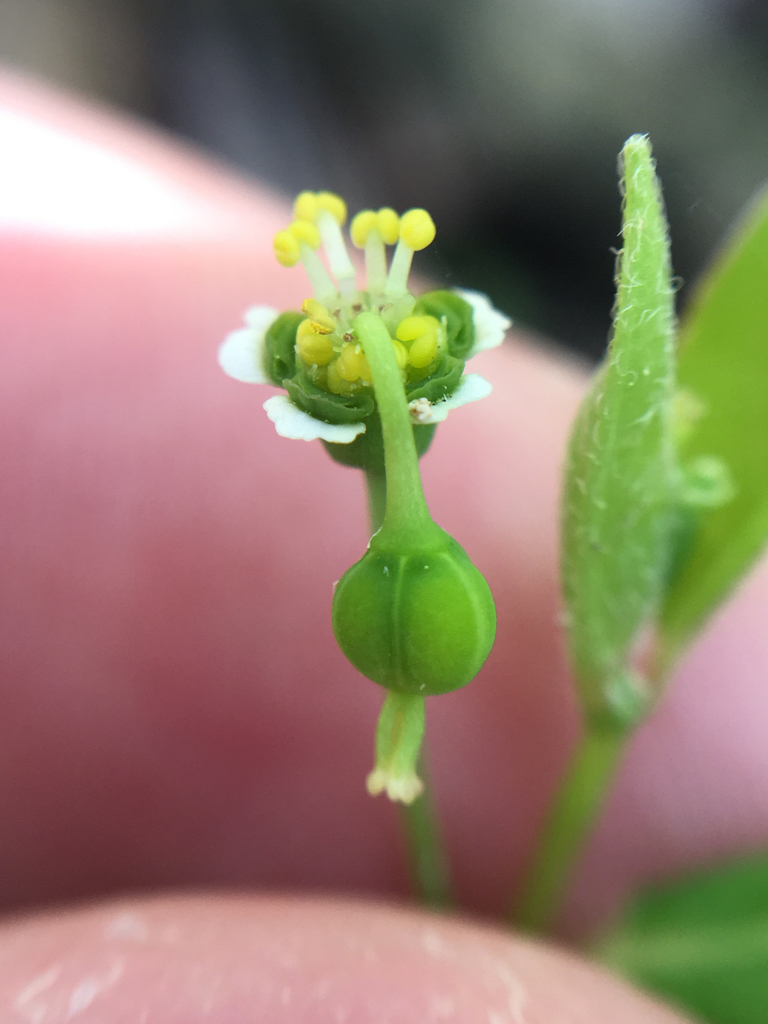
Photo credit (left): Erin Faulkner (click here for observation). Photo credit (right): Jonathan (JC) Carpenter (click here for observation).
Euphorbia curtisii

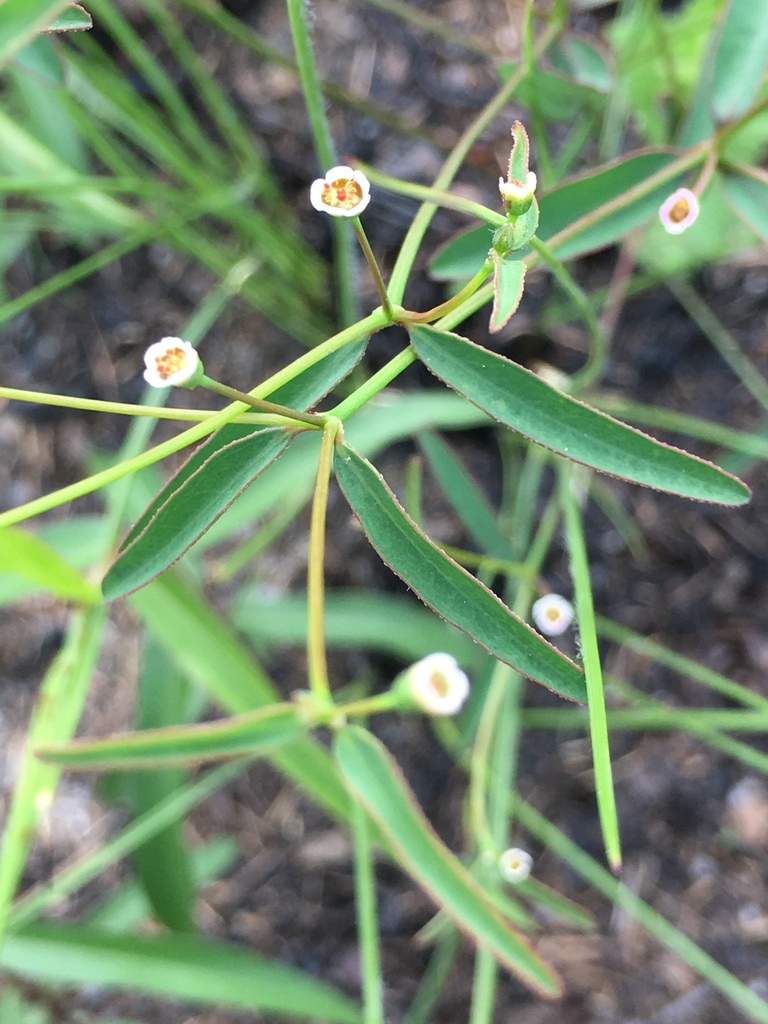


Photo credit (upper left): Andy Newman (click here for observation). Photo credit (upper right): jtuttle (click here for observation).
Photo credit (lower left): whiteoak (click here for observation). Photo credit (lower right): whiteoak (click here for observation).
Euphorbia hexagona


Photo credit: Brush F (click here for observation).
Euphorbia corollata complex
The photos bellow appear to represent true examples of their respective species. However, many populations are very difficult to determine. Some seem intermediate while others seem to represent distinct entities. There is at least one undescribed species (photos here) represented in this group.
Euphorbia discoidalis


Photo credit (upper left): cwarneke (click here for observation). Photo credit (upper right): howardhorne (click here for observation).
Euphorbia pubentissima


Photo credit: Janet Wright (click here for observation).
Euphorbia corollata

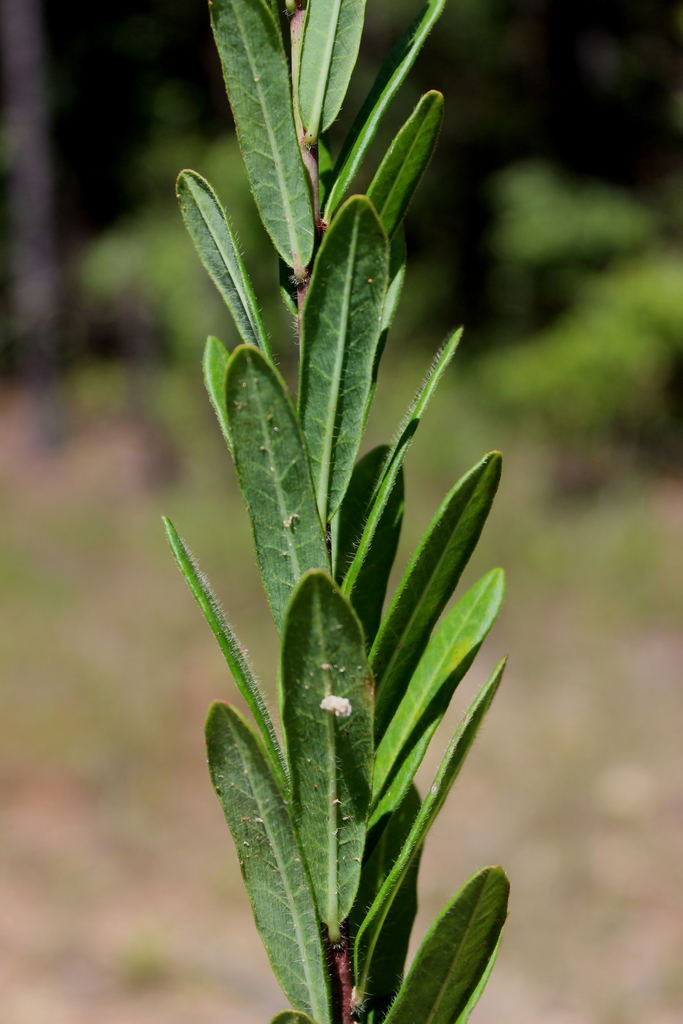


Photo credit (upper left): Janet Wright (click here for observation). Photo credit (upper right): Alvin Diamond (click here for observation).
Photo credit (lower left): Kit Howard (click here for observation). Photo credit (lower right): Nathan Taylor (click here for observation).
References to look into:
Monograph of Euphorbia sect. Tithymalopsis(Euphorbiaceae)
A New Species of Euphorbia Subgenus Chamaesyce Section Alectoroctonum (Euphorbiaceae) From Limestone Hills of Wayne County, Mississippi
Seed morphology ofEuphorbia sectionTithymalopsis (Euphorbiaceae) and related species
Pollen morphology of Euphorbia subgenus Agaloma section Tithymalopsis and related species (Euphorbiaceae)
Isozyme and Morphological Divergence Within Euphorbia Section Tithymalopsis (Euphorbiaceae)





Comments
Add a Comment